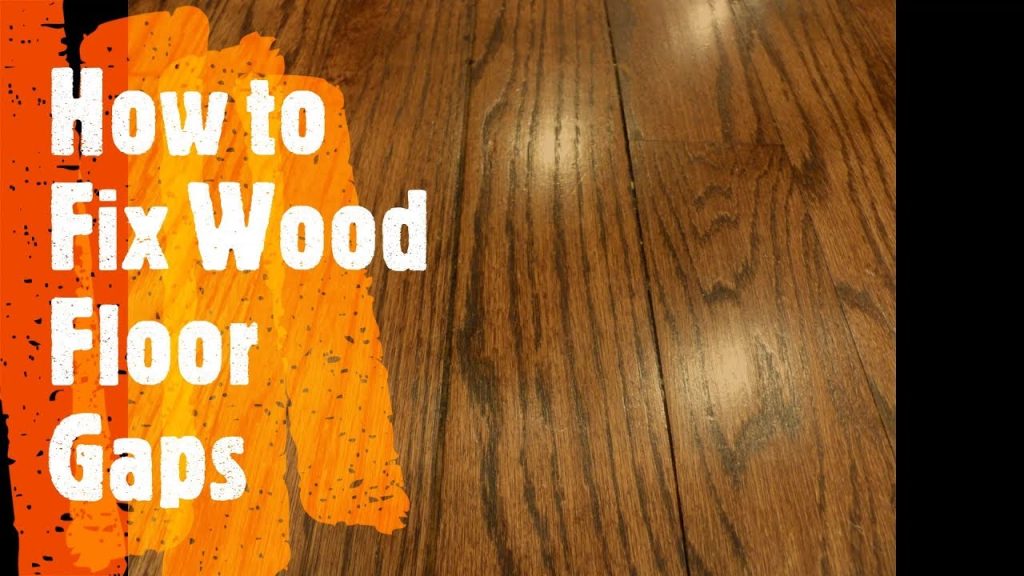

Fixing gaps in wood floors is a common issue that homeowners face. A simple gap can quickly become an eyesore and, if left untreated, can lead to further damage. This comprehensive guide will walk you through the process of identifying the cause of gaps, choosing the correct repair techniques, and selecting the most suitable wood filler for your specific needs. We’ll cover everything from DIY solutions to professional interventions. Get your wood floors looking beautiful and functional again.
Identifying the Root Causes of Gaps
Common Causes of Wood Floor Gaps
Wood floor gaps can arise from various factors, from poor installation to natural wear and tear. Identifying the root cause is the first step in effective repair. Common causes include improper subfloor preparation, insufficient moisture control, inappropriate expansion gaps, inadequate fastening of flooring planks, or even damage from pests or water damage. A thorough inspection is key to determine the underlying issue.
Choosing the Right Wood Filler
Types of Wood Fillers
A wide variety of wood fillers are available, each with its own strengths and weaknesses. Choosing the right one depends on the severity of the gap, the type of wood, and your budget. Options include wood putty, epoxy wood filler, or even specialized fillers for certain wood types. Consider the durability needed for the area, and if the filler needs to be painted or stained after application. Also note the drying time and potential shrinkage.
Repairing Small and Medium-Sized Gaps
Preparation Steps for Gap Repair
For smaller gaps, precision is crucial. Carefully clean the area around the gap, removing any debris or dust. Then, carefully apply the chosen wood filler, ensuring a smooth and even surface. Allow the filler to dry completely according to the manufacturer’s instructions. If the filler is not the same color as the wood, consider matching the color before application.
Addressing Larger Gaps and Damage
Advanced Gap Repair Techniques
Larger gaps and significant damage may require more extensive repair solutions. This might involve replacing damaged planks or sections of the floor. Consult with a flooring professional for assessment and repair solutions for a comprehensive approach.
Refinishing and Finishing Touches
Finishing the Repair
After the filler has completely dried, the next step is finishing and sanding to achieve a smooth, seamless appearance. Use sandpaper of increasing grit to achieve a smooth finish. Consider refinishing the entire area to match the rest of the flooring. This is critical for maintaining the aesthetic appeal.
Preventing Future Gaps
Maintaining Your Wood Floors
Maintaining proper moisture control and regular inspections can significantly reduce the likelihood of future gaps. Establish a regular maintenance schedule to prevent future problems. Consider a professional inspection for proper maintenance.
Seeking Professional Help
When to Call a Professional
While many small repairs can be handled by homeowners, complex situations, or those involving significant structural issues, warrant professional intervention. A qualified flooring professional can provide accurate assessments and ensure the appropriate repair techniques are employed.
Cost Considerations
Budgeting for Repairs
Wood floor repairs can vary significantly in cost, depending on the extent of the damage, the type of filler used, and whether professional help is needed. Consider the long-term cost savings from maintaining the flooring in good condition.
Conclusion
Summary and Key Takeaways
Fixing gaps in your wood floors isn’t an insurmountable task. With a clear understanding of the causes, proper tools, and techniques, you can restore your floor to its former glory. Seek professional help when necessary, and remember that preventative maintenance is key to extending the life of your wood flooring. Contact a qualified flooring expert today for a consultation or quote on your floor repair project. Remember, attention to detail is crucial throughout this process to get a quality outcome. Professional help is often worth it in the end to prevent future issues.
In conclusion, fixing gaps in your wood floors is a crucial maintenance task that can extend the lifespan of your flooring. By understanding the root causes of gaps, employing the right repair techniques, and selecting the suitable wood filler, you can effectively restore the integrity and aesthetic appeal of your hardwood floors. Don’t hesitate to seek professional help when needed, especially for complex repairs. Contact a qualified flooring professional for a free consultation and quote on your specific wood floor repair project.